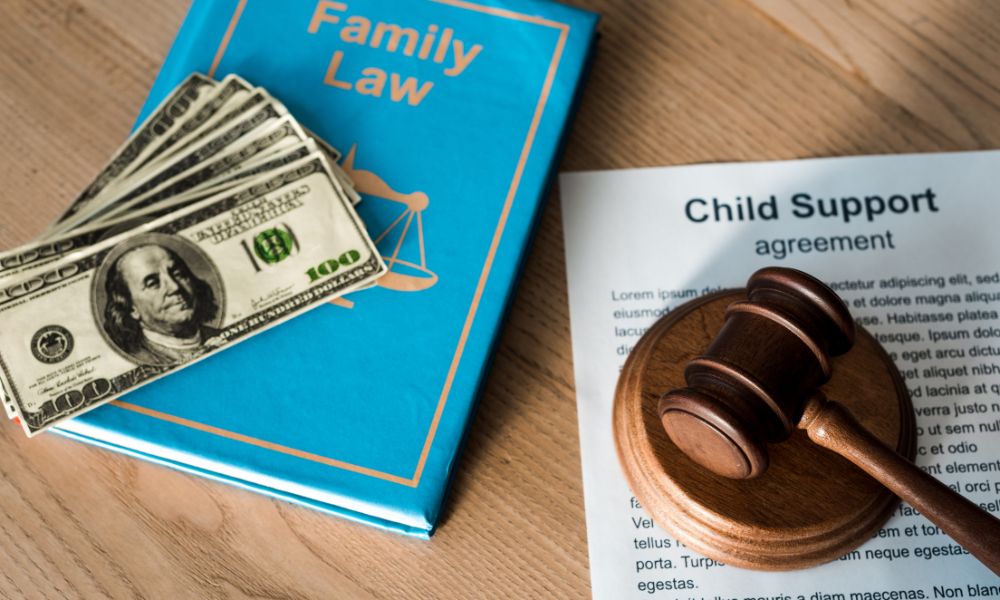Looking for a firm that knows Family Law, inside and out? We're ready to listen.
Sorry, that article does not seem to exist
Return to the homepage.
News and Insights
Jan 16, 2023
How Long Do Child Support Payments Typically Last?
Many families know about and use child support, but the rules can be confusing. Here, you can learn how long child suppo…
Read More
/news/detail
Apr 10, 2024
Adam Zebelian Moderates Panel Discussion On International Custody Disputes At Chicago Bar Association's CLE 2024 Abroad In Mexico City
Partner Adam Zebelian recently moderated a panel discussion on “International Custody Disputes: Mexican Family La…
Read More
Dec 6, 2023
A Problem Solving Approach To Divorce
Partner Jennifer Enloe discusses the concept of divorce as a problem-solving journey, where clients select the approach …
Watch Video



